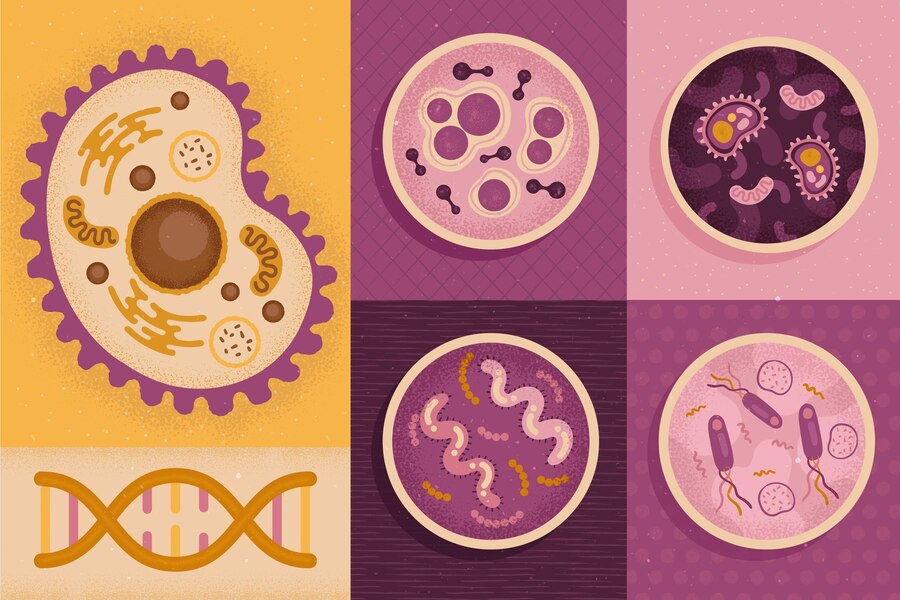Stem cell therapy represents a groundbreaking approach in regenerative medicine, harnessing the unique ability of stem cells to develop into different cell types and repair damaged tissues. With ongoing research and clinical trials, the potential applications of stem cell therapy continue to expand, offering hope for treating a wide range of conditions. This article delves into the new frontiers in stem cell therapy and its role in regenerative medicine.
Understanding Stem Cells
Stem cells are unique cells capable of self-renewal and differentiation into various specialized cell types. They can be broadly categorized into embryonic stem cells (ESCs), adult stem cells (ASCs), and induced pluripotent stem cells (iPSCs).
1. Embryonic Stem Cells (ESCs):
-
Derived from early-stage embryos, ESCs are pluripotent, meaning they can differentiate into any cell type in the body. Their versatility makes them a valuable resource for regenerative medicine.
2. Adult Stem Cells (ASCs):
-
Found in various tissues, such as bone marrow and fat, ASCs are multipotent, meaning they can develop into a limited range of cell types related to their tissue of origin. Mesenchymal stem cells (MSCs) are a well-known type of ASC used in regenerative therapies.
3. Induced Pluripotent Stem Cells (iPSCs):
-
iPSCs are generated by reprogramming adult cells to an embryonic-like state, making them pluripotent. This breakthrough technology allows for the creation of patient-specific stem cells, reducing the risk of immune rejection.
New Frontiers in Stem Cell Research
1. Gene Editing and Stem Cells:
-
The combination of gene editing technologies, such as CRISPR-Cas9, with stem cell therapy has opened new avenues for treating genetic disorders. By correcting genetic defects in stem cells, researchers can develop personalized therapies for conditions like cystic fibrosis, muscular dystrophy, and sickle cell anemia.
2. 3D Bioprinting and Tissue Engineering:
-
Advances in 3D bioprinting enable the creation of complex tissue structures using stem cells. This technology holds promise for developing bioengineered organs and tissues for transplantation, addressing the shortage of donor organs.
3. Organoids and Disease Modeling:
-
Stem cell-derived organoids are miniature, organ-like structures that mimic the functionality of real organs. These organoids provide valuable models for studying diseases, drug testing, and personalized medicine, offering insights into conditions like Alzheimer's, liver disease, and cancer.
Applications in Regenerative Medicine
1. Cardiovascular Repair:
-
Stem cell therapy has shown potential in repairing damaged heart tissue following a heart attack. By injecting stem cells or stem cell-derived cardiac cells into the damaged area, researchers aim to promote tissue regeneration and improve heart function.
2. Neurodegenerative Diseases:
-
For conditions like Parkinson's disease, Alzheimer's disease, and spinal cord injuries, stem cell therapy offers hope for regenerating damaged neurons and restoring lost functions. Clinical trials are underway to evaluate the safety and efficacy of these treatments.
3. Musculoskeletal Regeneration:
-
Stem cells are being used to repair bone, cartilage, and muscle injuries. MSCs, in particular, have demonstrated success in treating conditions such as osteoarthritis, fractures, and tendon injuries by promoting tissue regeneration and reducing inflammation.
4. Diabetes Treatment:
-
Researchers are exploring the use of stem cells to generate insulin-producing beta cells for treating type 1 diabetes. This approach aims to restore the body's ability to produce insulin and regulate blood sugar levels.
5. Wound Healing and Skin Regeneration:
-
Stem cell therapy has potential applications in enhancing wound healing and treating burns and skin injuries. By promoting the regeneration of skin cells and blood vessels, stem cells can accelerate the healing process and improve outcomes for patients with severe wounds.
Challenges and Future Directions
While the potential of stem cell therapy is immense, several challenges remain. Ensuring the safety and efficacy of stem cell treatments, preventing immune rejection, and addressing ethical concerns related to embryonic stem cells are critical areas of ongoing research. Additionally, developing standardized protocols for stem cell therapy and conducting large-scale clinical trials are essential for translating laboratory findings into clinical practice.
Despite these challenges, the future of stem cell therapy in regenerative medicine looks promising. Continued advancements in stem cell research, combined with innovative technologies, are likely to unlock new therapeutic possibilities and revolutionize the treatment of various medical conditions.




